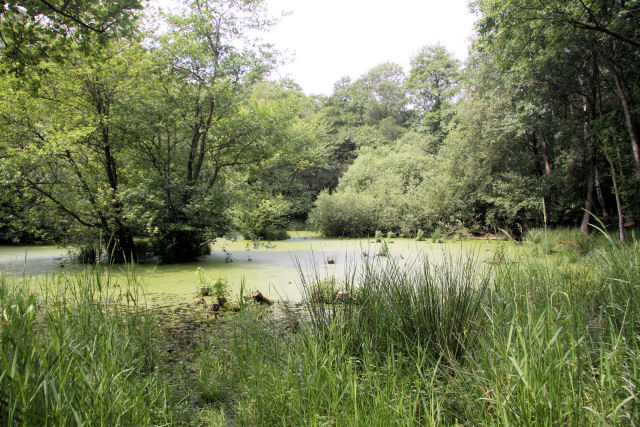 |
| Sunlight reflecting of one of the lakes of Titan Image Courtesy: NASA/JPL/University of Arizona/DLR |
Here on Earth all life requires water. Water makes a great solvent. This simply means a large variety of different molecules can be taken up by the water. Suspended in liquid water, those molecules can move around to do the things of life. This works great here on Earth and water may even be a good solvent for possible life on Europa. Titan however, is a balmy -290 oF, putting water out of the picture. Luckily Titan is covered with another liquid that may be able to fill the same role as water, liquid methane. I need be clear in saying that we have no idea if life can form in liquid methane. Maybe it forms easier in methane than it does in water. While there are some good reasons to think water may be the liquid of choice, we simply don't know. This is what make Titan such an interesting world to explore.
 |
| An infrared image of Titan showing Titan's Northern Lakes Image Courtesy: NASA/JPL/Space Science Institute |
So now we have a feel for the plausibility of life on Titan, but what about the evidence? Often in science you test a hypothesis by building a model that produces predictions. Then you test those predictions to see if the model reflects reality. In 2005 a team of astrobiologists published a paper making some suggestions about what we might expect to see if some sort of methanogenic life were enjoying the orange haze of Titan. In 2010 data from the Cassini Huygens probe matched those predictions. So what does that mean? Well it means that this model deserves strong consideration. That said, we should not be quick to accept any claim of alien life. There are a huge multitude of processes not involving life that can change the chemistry of an atmosphere. This evidence is a exciting starting point, but it is not proof.
So when it comes to Titan, even more so than Mars or Europa, I can only say we have no clue if there is any life present. Titan is a moon we have only recently gotten a good look at. Astronomy has a history of dismissing early speculations of life with future observations. Will that pattern hold true on Titan? We need more scientists and more spacecraft to find the answer. Right now I can only say that I don't know, but that I am extremely excited to see the discoveries made as we hunt down the solution.















